2 Comments
share this

I've always loved English muffins. I love the nooks and crannies that hold your melted butter and crispness of the dough when toasted golden brown. A few weeks ago, I was travelling and went into a supermarket to buy breakfast ingredients. I was craving an English muffin. I saw a small bag of sourdough English muffins and picked that up. After breakfast, my husband complained that his stomach wasn't feeling good. I felt OK. This happened again when we had those English muffins. I decided to look at the ingredient list. These English muffins were called sourdough because they added vinegar! There were no sourdough benefits!
This Recipe.
This sourdough recipe is my original recipe. I wanted to pack as much nutrition into this English muffin while reducing the glycemic index and gluten. I decided to add milk and kefir in this recipe to increase the calcium and nutritional value of these English muffins. Kefir has been my new everyday drink supplement.
Although most recipes out there create a sourdough English muffin as a way to just get rid of sourdough discards, I wanted to use the sourdough fermentation process to maximize the nutrition as well as be able to develop a product that will have a lower glycemic index and lower gluten. As a result, the technique requires a long fermentation period to maximize the benefits of sourdough. I truly believe that modern baking requires a quick turnaround which results in a less nutritious and less healthy end product. I tested these English muffins again on my husband and a friend who is lactose intolerant. Neither of them experienced any gut ache! I believe that the long fermentation process helps break down the flour and lactose that may be difficult for some people to digest, and in turn, make more minerals readily available for the body to absorb. Unfortunately, no nutritional facts, as it is currently calculated, is able to quantify this nutritional aspect of the English muffin.
Tips.
I tried making this recipe with and without the autolyse process. With autolyse, the dough was much easier to work with, was more supple and had more volume. I also tried to eliminate the rest period between kneading. This resulted in a tougher dough. However, adding extra kneadings beyond the two didn't seem to change the texture of the dough.
Ingredients.
The recipe requires milk and kefir. I add milk to increase the calcium content. The kefir helps break down the lactose for those people who are slightly lactose intolerant. However, if you have a dairy allergy, I would recommend substituting the milk and kefir with a non-dairy product. For those who are new to kefir, I suggest you do your own research on this natural probiotic.
Technique.
I use my hands to mix all the ingredients together. However, when it comes to kneading, I use a stand mixer with a dough hook. The current recipe is for 12 English muffins. If you halve the recipe, it is sometimes difficult for the dough hook to knead the small quantity of ingredients in the stand mixer, . Make sure that the dough hook is actually kneading the dough. If not, you may have to stop the mixer and readjust the position of the dough so that the dough hook can do its work!
Shaping.
Instead of shaping the English muffins with a rolling pin and biscuit cutter, I have found that you can shape them entirely by hand. It is good to first divide the dough by weight before shaping.
Proofing.
It is best to proof your English muffins overnight. The dough should look like it has expanded a little. Depending on your room temperature, allow the English muffins to continue proofing for 1 -2 hours before cooking. The English muffins should feel supple and not dense. This extra proofing allows the muffins to expand more to achieve the nooks and crannies. If your home is really cold, try proofing your muffins in the oven with just the oven light on to get the sourdough activated.
Split English muffins using a fork. Insert the tines along the entire edge of the English muffin. Use your fingers to split.
Storing.
If you need to store your English muffins, fork split your muffins and place them in a freezer bag. They freeze well!
SOURDOUGH ENGLISH MUFFINS
Equipment
Ingredients
- 160 grams milk warm
- 200 grams levain
- 300 grams all-purpose flour
- 60 grams bread flour
- 30 grams kefir
- 30 grams butter
- 12 grams salt
- 30 grams sugar
- semolina flour or corn flour
Instructions
Make Levain
- Make enough levain from the starter. The levain should be very active. This can be done the night before or 6 hours before making the dough depending on the maturity of your starter.
Make Dough
- Warm milk until lukewarm ~80 degrees farhrenheit.
- In a mixing bowl, disperse levain in the warm milk.
- Add all purpose flour, bread flour and kefir
- Mix by hand until all ingredients are incorporated.
- Let rest for 30 minutes
- Add butter, salt and sugar. Mix with hand until incorporated.
- Using dough hook, place dough in stand mixer bowl and knead for 7 minutes on medium speed.
- Let rest for 20 minutes
- Knead again for 7 minutes on medium speed.
- Remove dough from bowl and turn it onto a floured surface
- Divide dough into 12 equal pieces by weight. (~67 grams each)
- Shape dough into circles about ½" (1.25 cm) tall and about 3" wide (7.5 cm)
- Place each circle on a tray, dusted with semolina or corn flour. Sprinkle the tops with additional semolina or corn flour.
- Place in a plastic bag and let rest in the refrigerator overnight for 12 hours.
- Remove from refrigerator and let it come to room temperature for 1 hour.
Cook on griddle
- Preheat griddle or skillet with a lid on medium heat.
- Place English muffins with sufficient space for expansion. Cover with lid.
- After 3-4 minutes, turn English muffins over and cook the other side. Cook for another 3-4 minutes.
- Cool English muffins on a rack.
- Using a fork, insert it into the English muffins around its circumference to separate.
Nutrition
Need meal ideas?
EASY, HEALTHY, DELICIOUS!
DON'T MISS A RECIPE

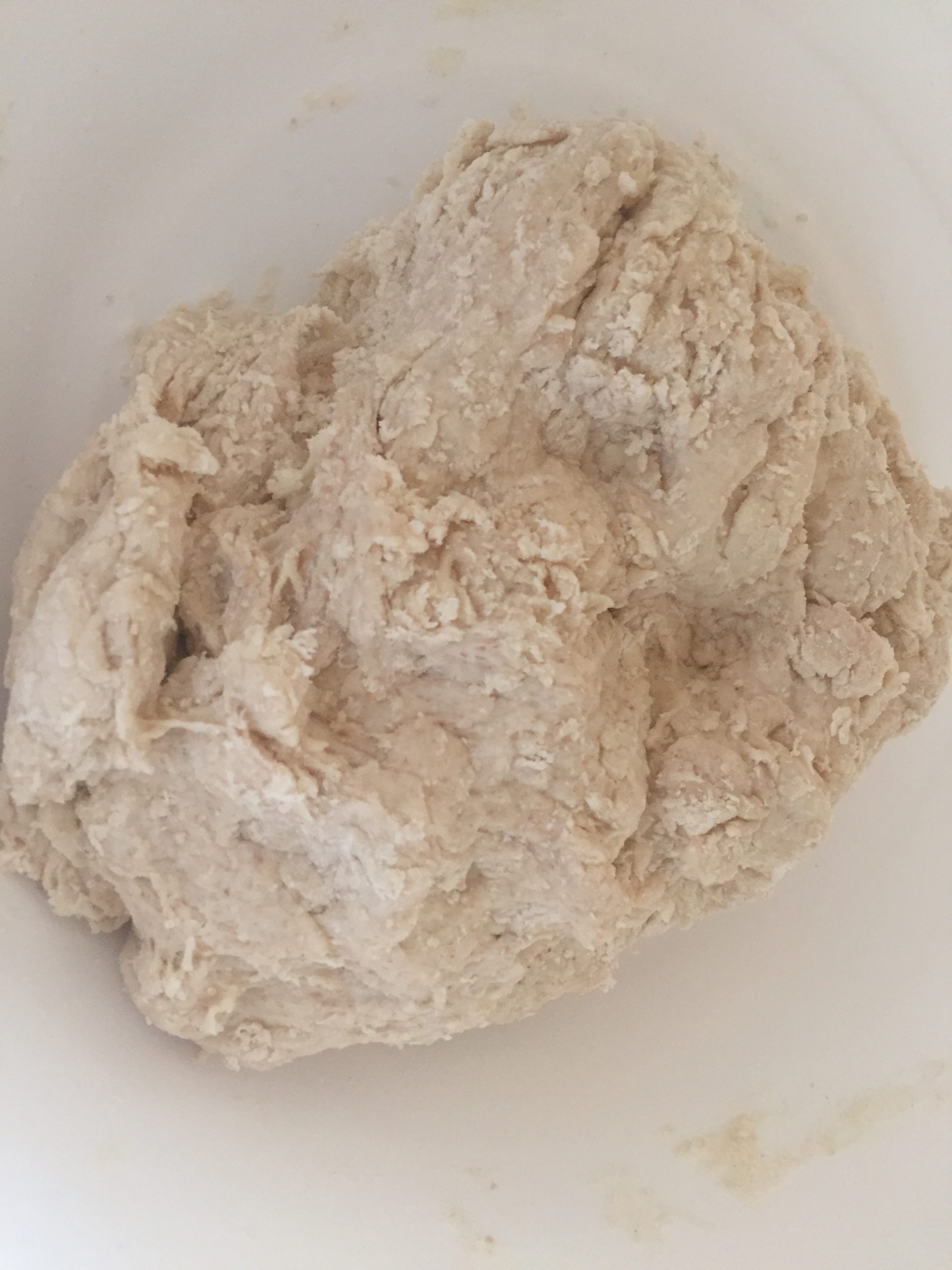
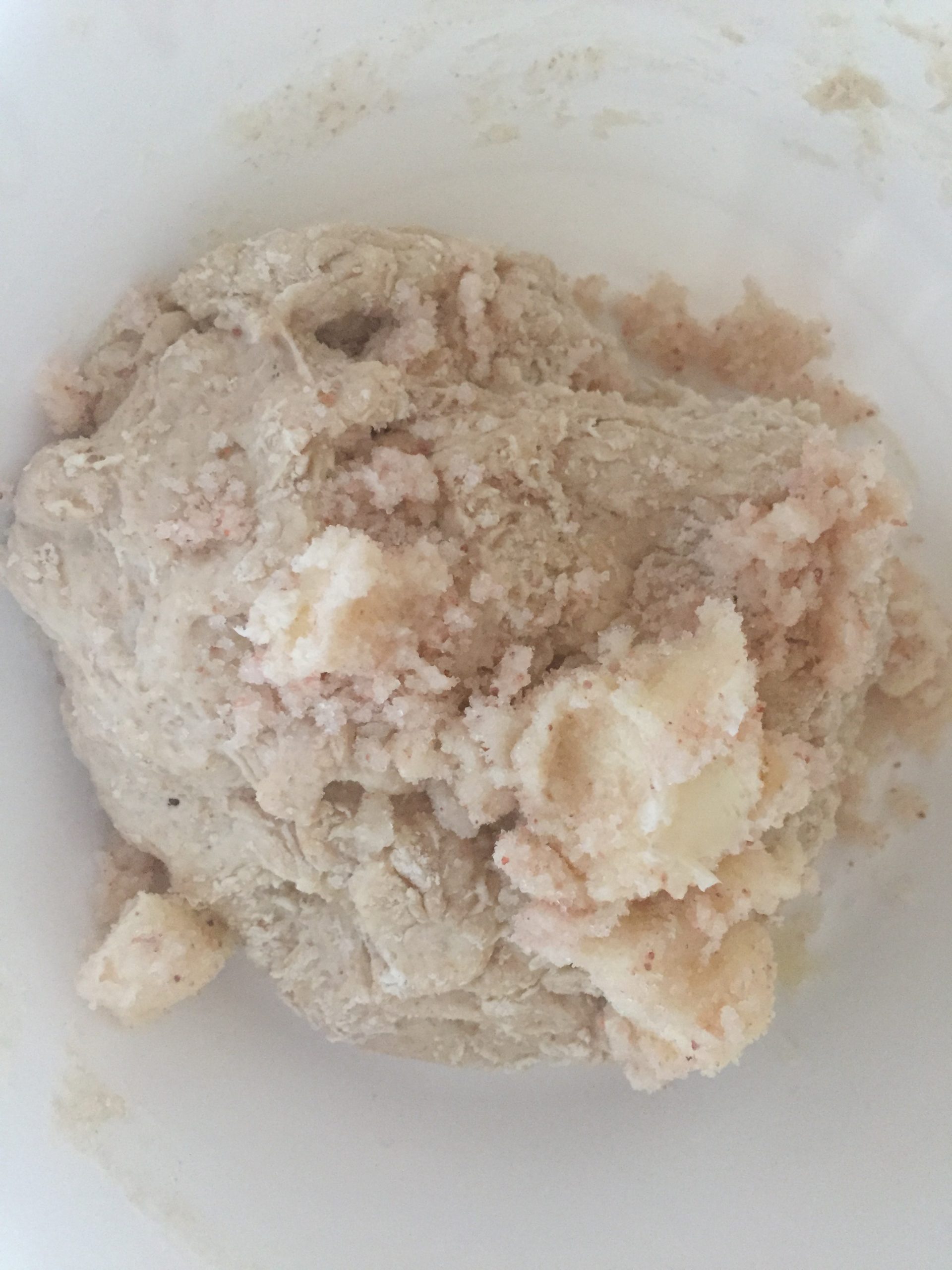
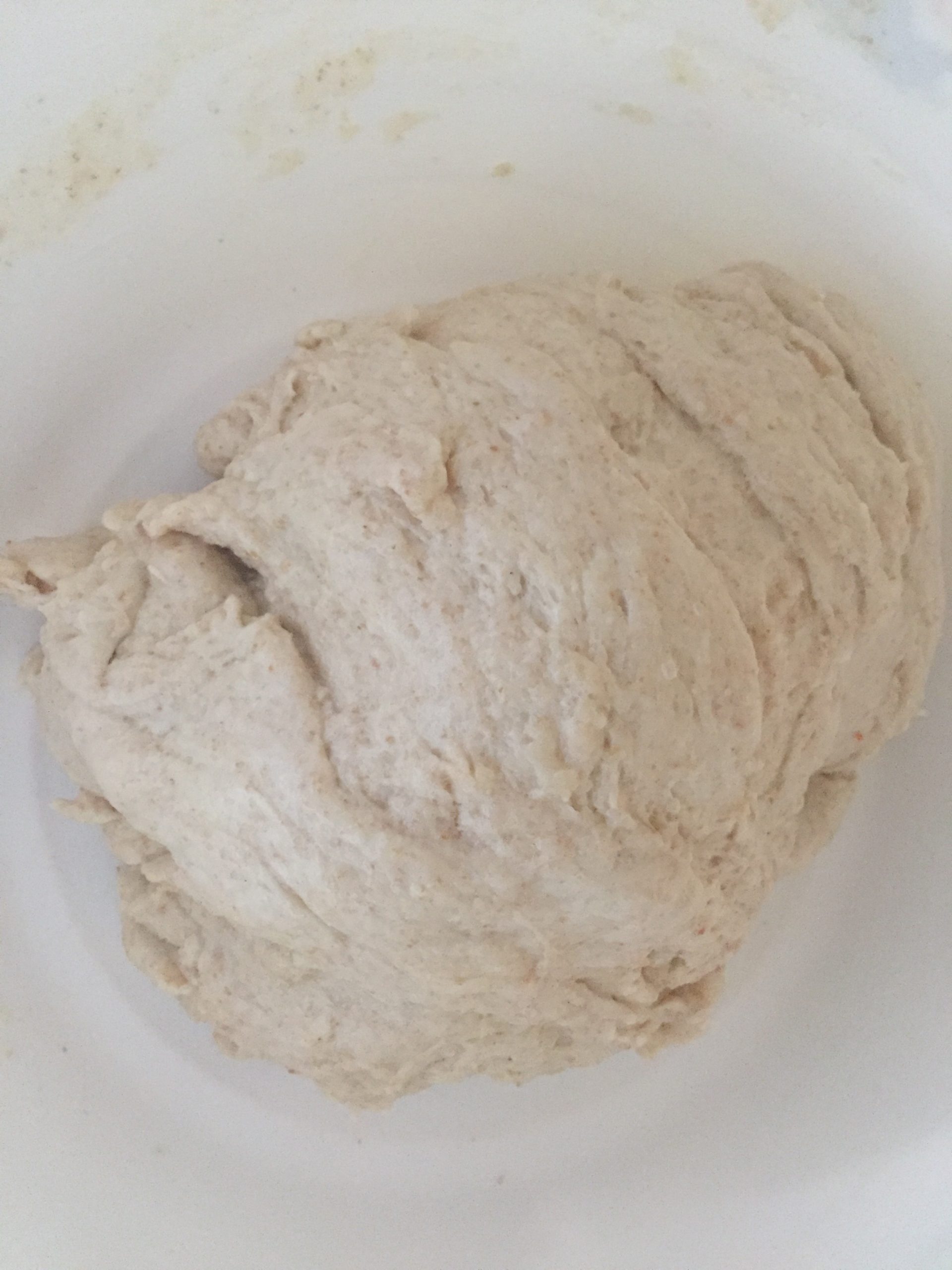
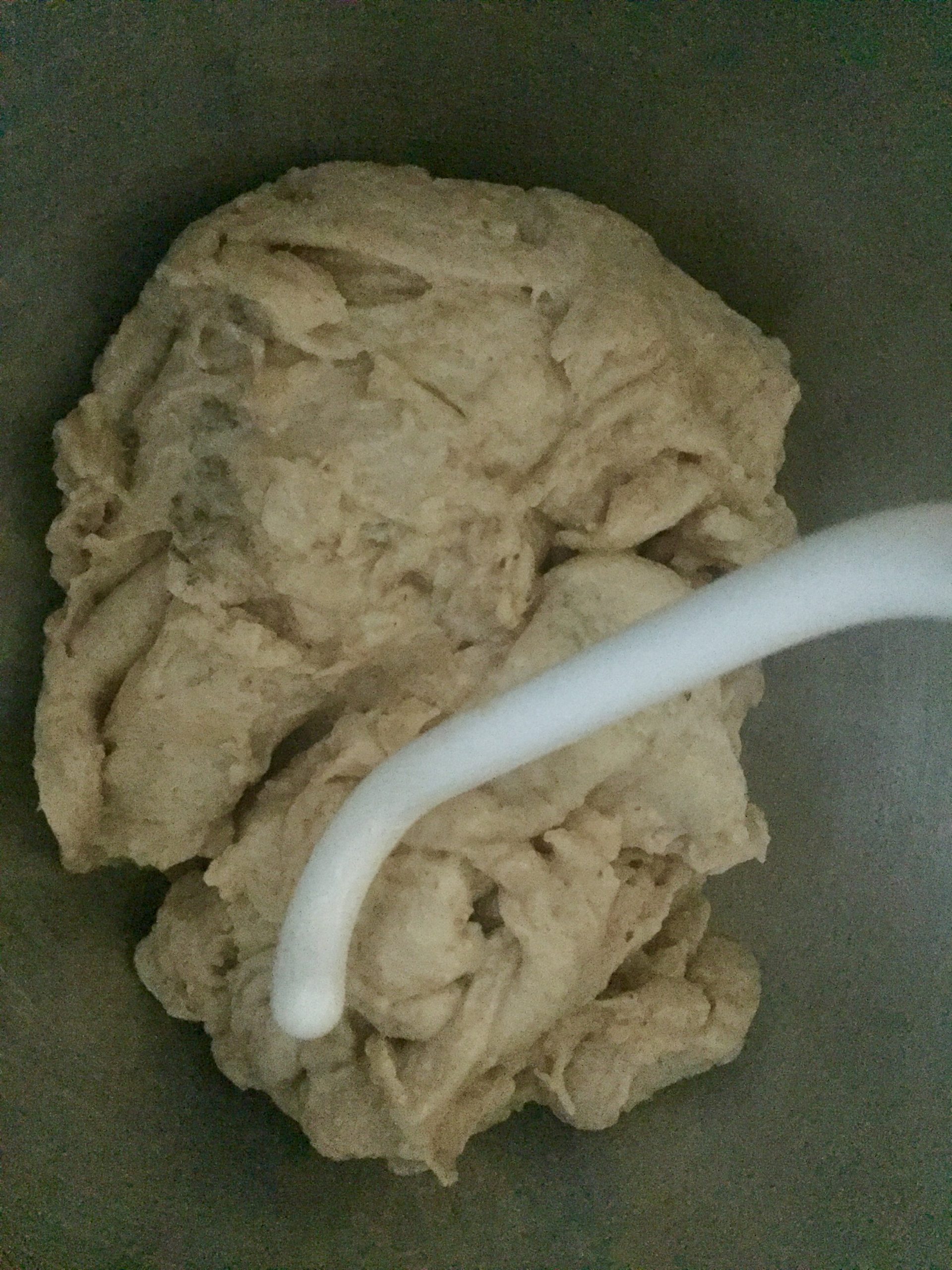
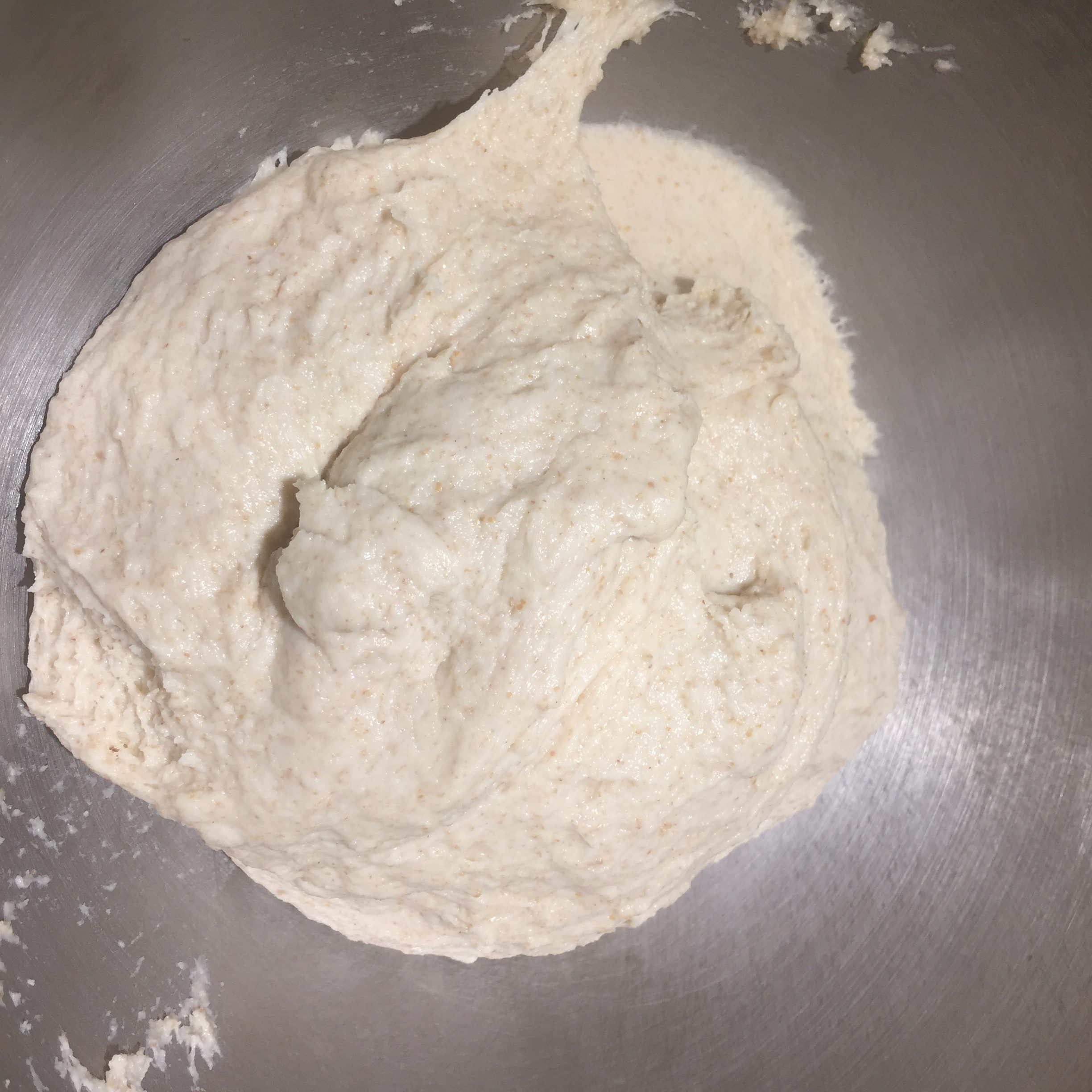
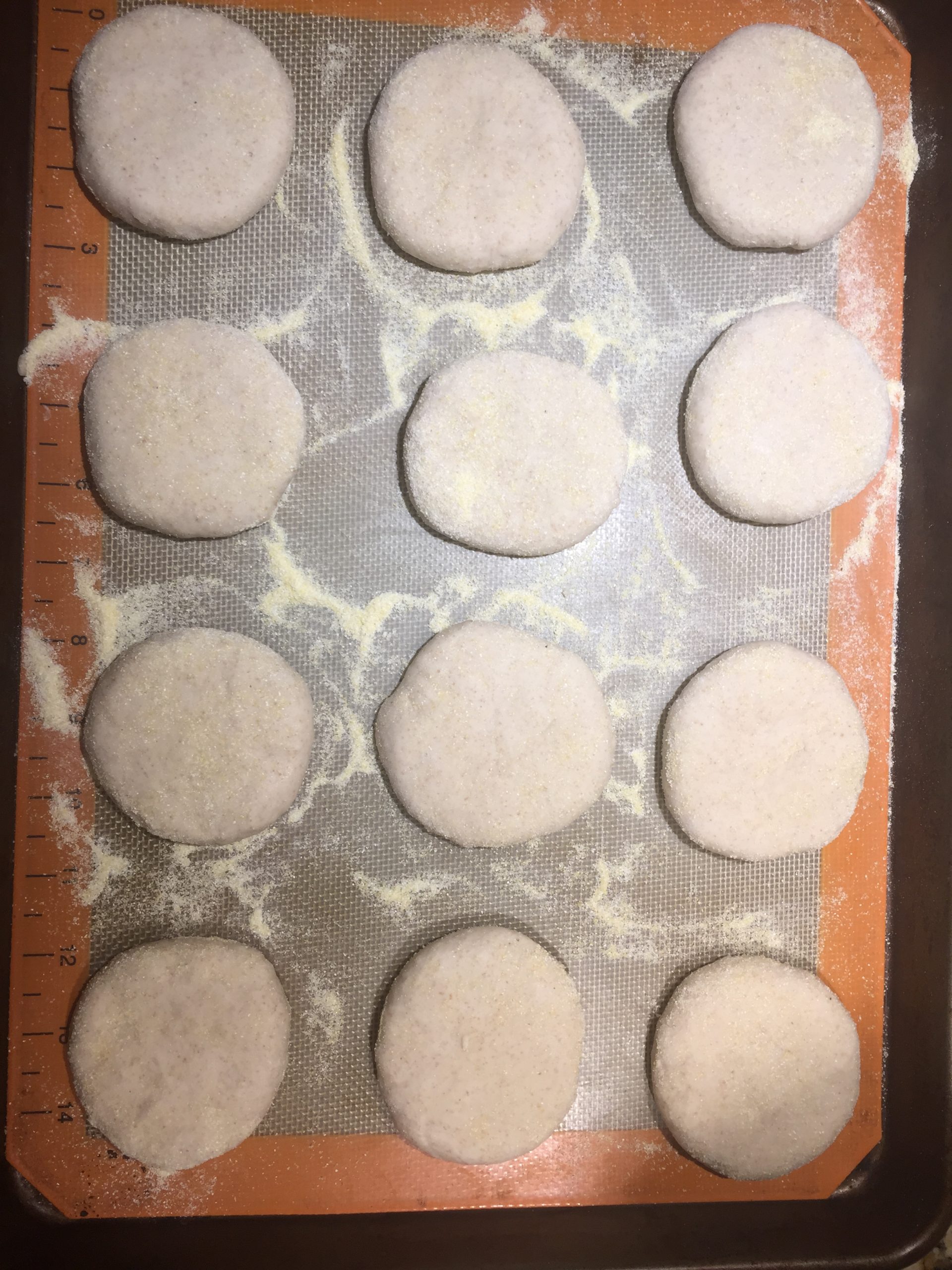
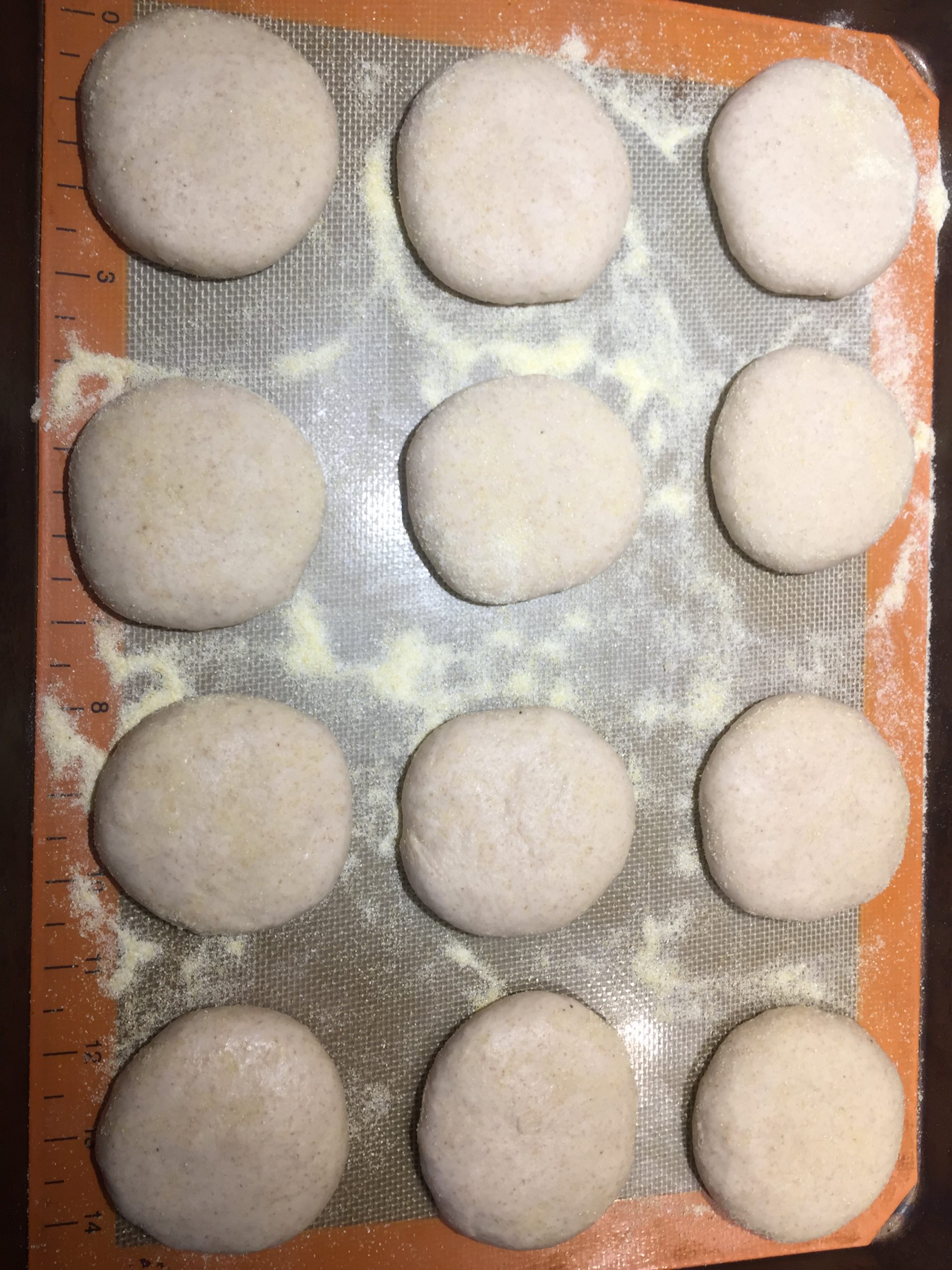
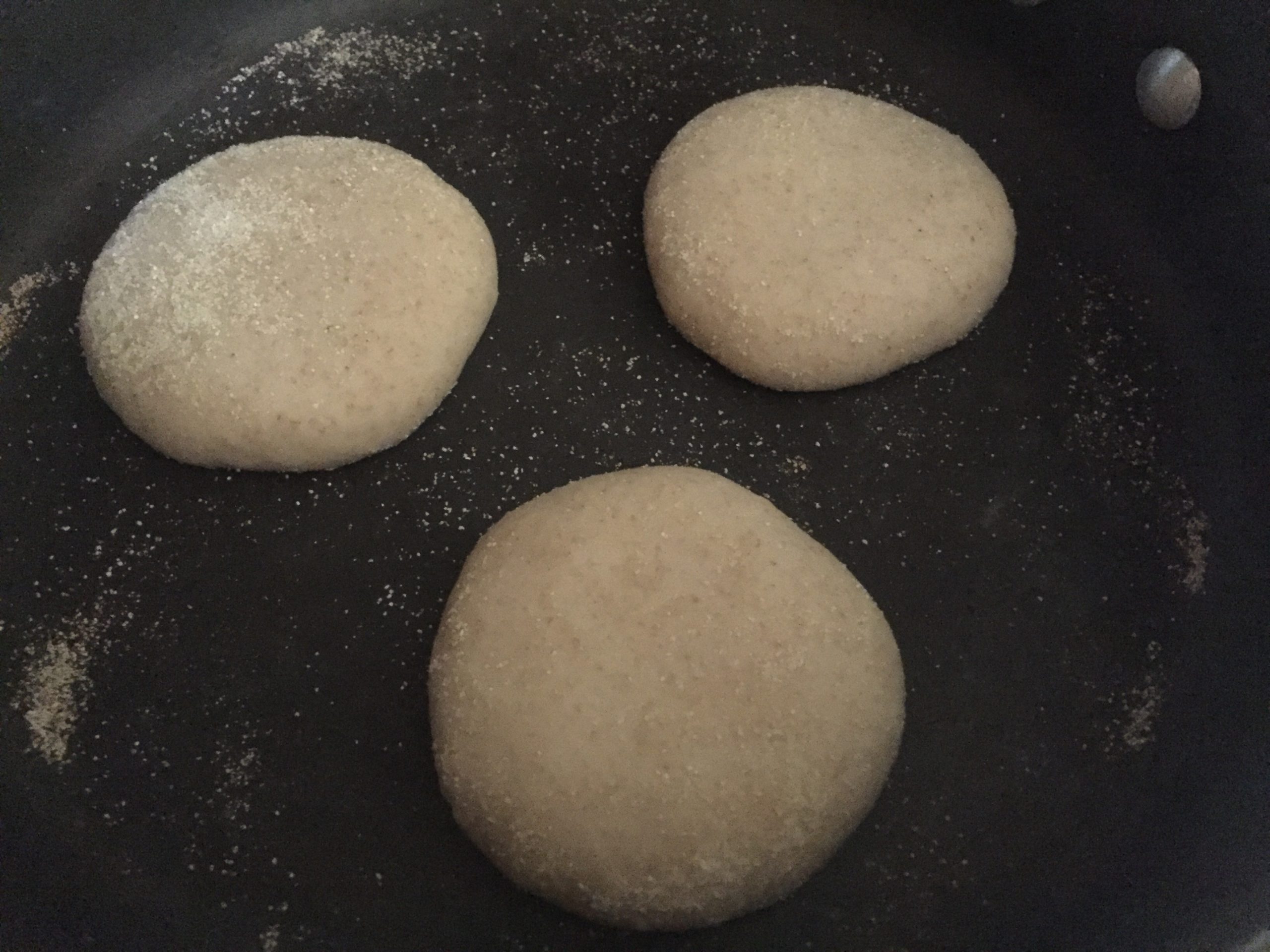
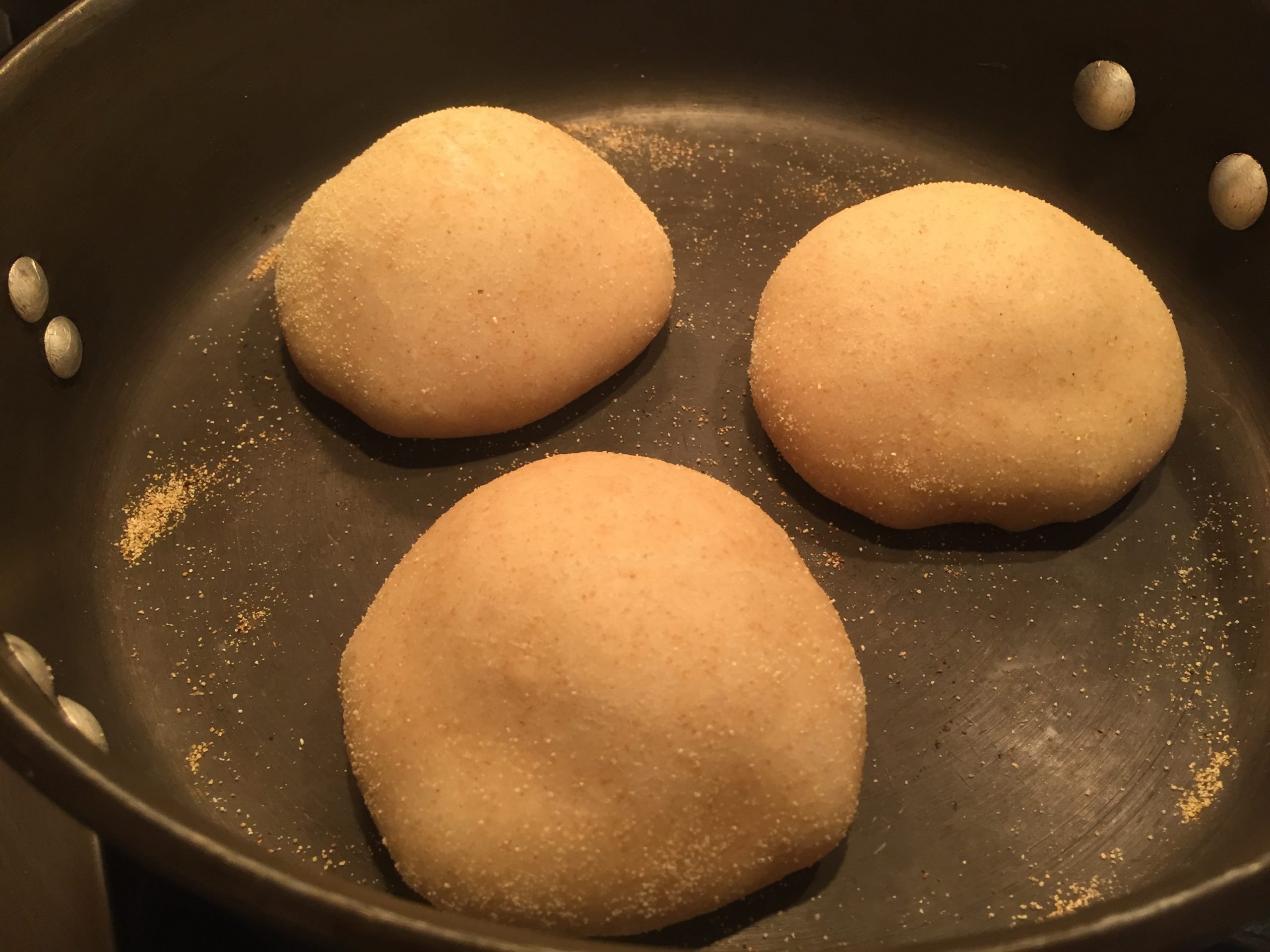
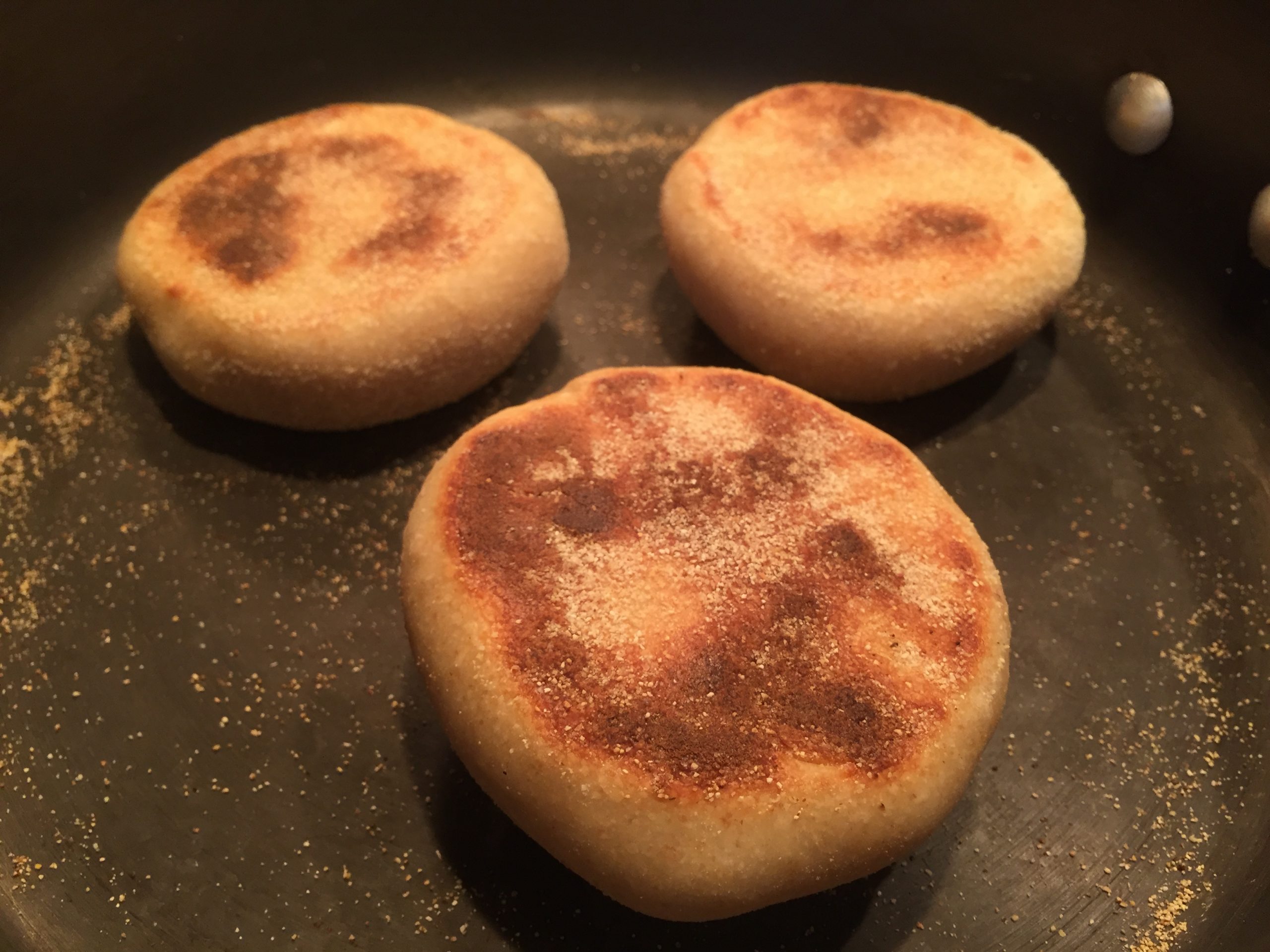
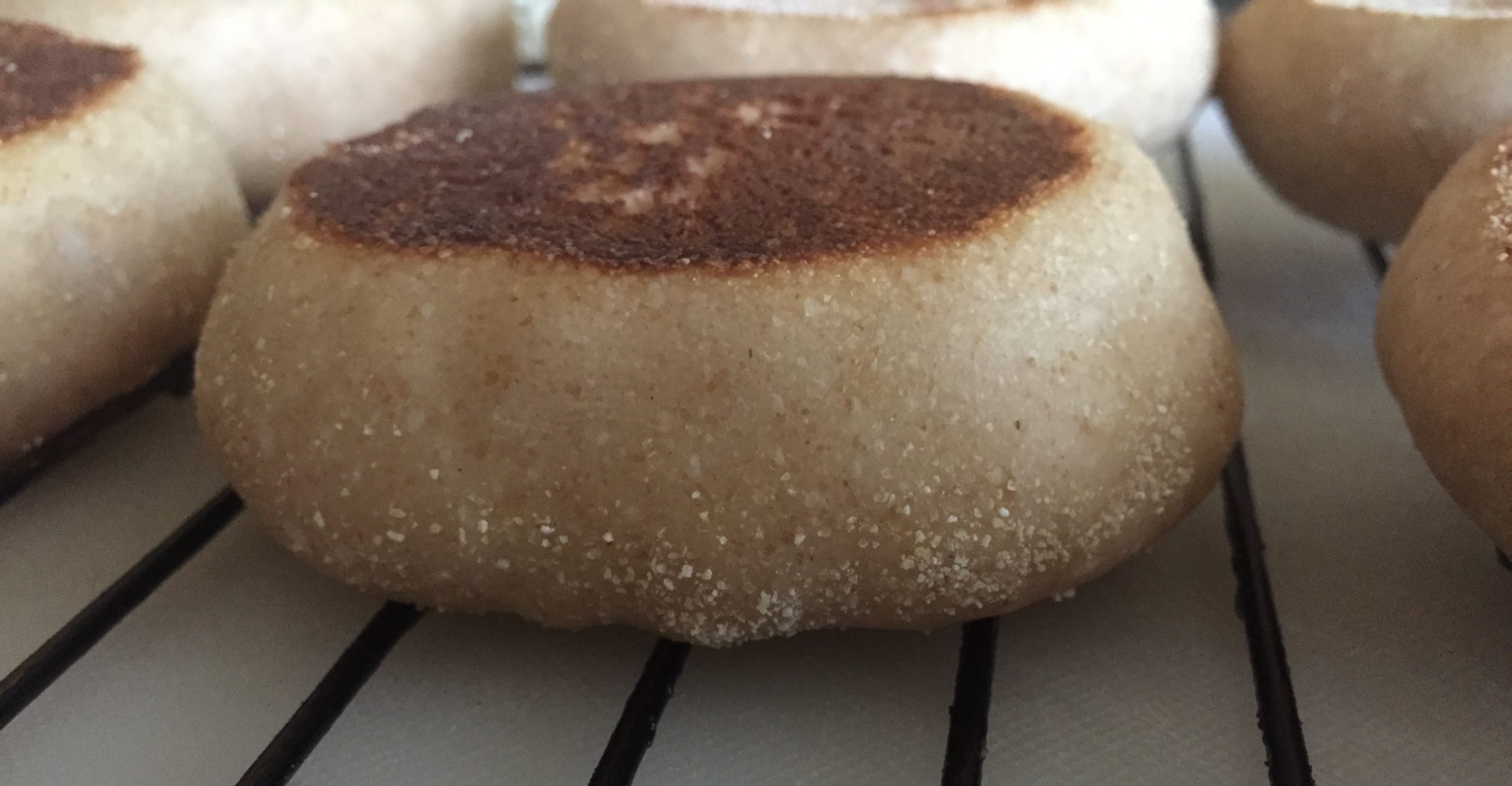
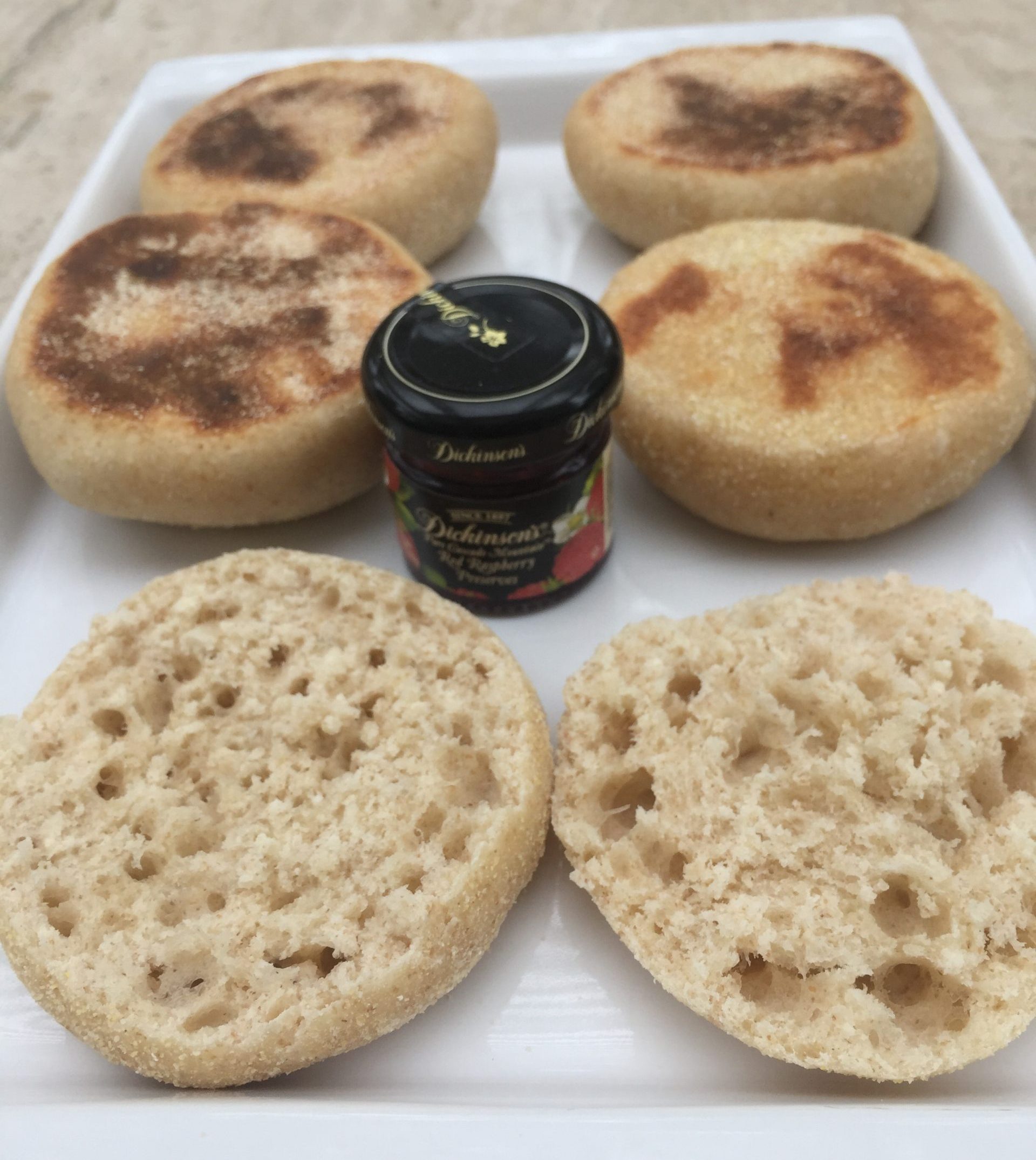
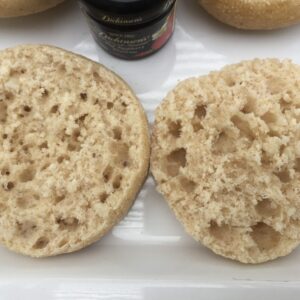
Wow, these English muffins are so delicious!
Glad you liked it. A nice bread alternative!